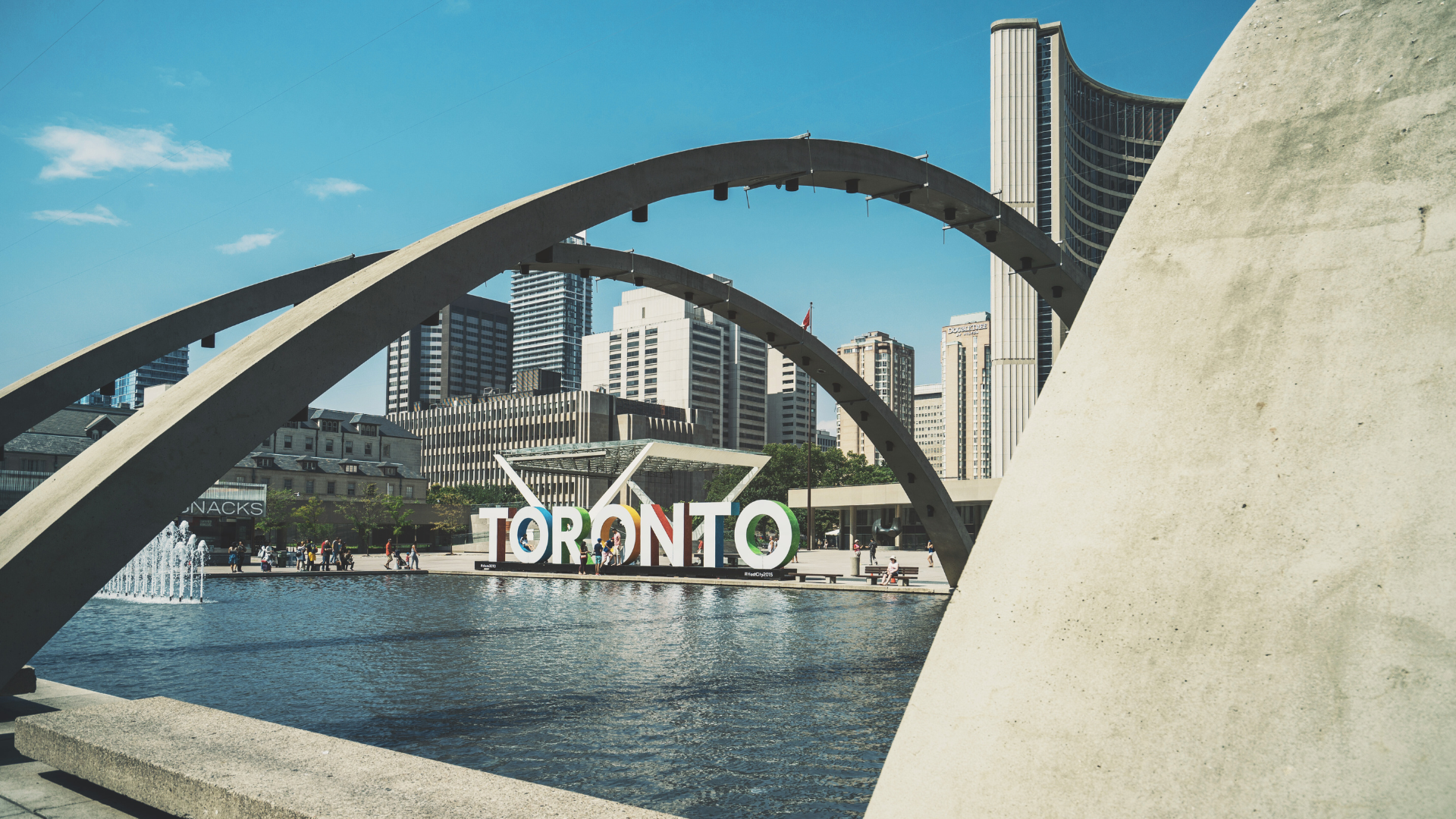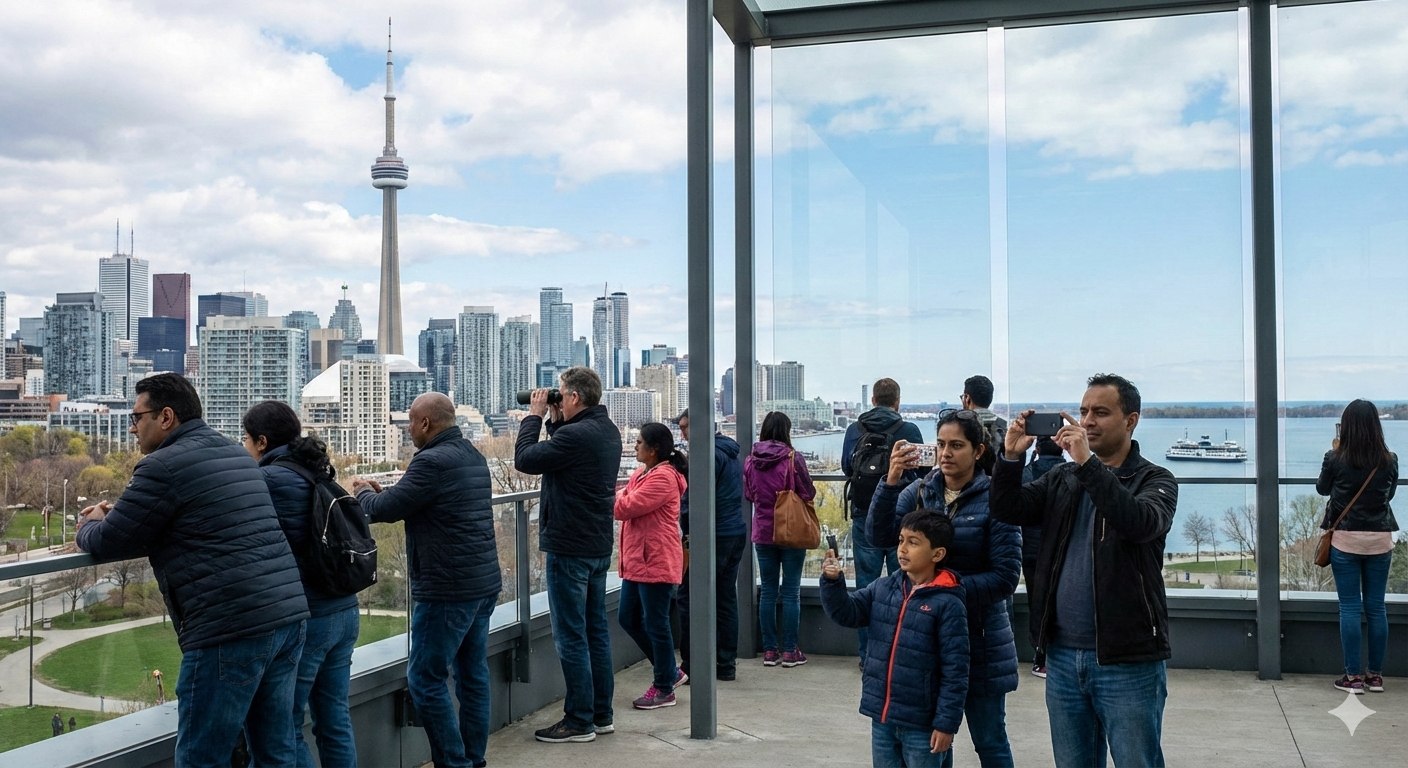IRCC Backlog Sees Progress Amid Reduced Immigration Targets

The Immigration, Refugees, and Citizenship Canada (IRCC) is
making strides in reducing its application backlog. By November 30, 2024, the
backlog had decreased to 1,006,500 applications, a 4.7% drop from the 1,056,100
recorded on October 31, 2024. This progress reflects IRCC's ongoing efforts to
improve efficiency amidst significant policy changes.
Total Application Numbers Show Decline
In addition to the backlog reduction, IRCC’s total
inventory of applications dropped from 2,406,000 at the end of October to
2,267,700 by the end of November. However, the number of applications processed
within service standards also decreased, from 1,261,200 to a lower count.
Understanding the Backlog
An application is considered part of the backlog if it
exceeds IRCC’s established processing timelines, which vary by application
type. IRCC aims to process 80% of applications within these service standards,
leaving a manageable 20% in the backlog for more complex cases. However, surges
in application volume or complexities can disrupt these benchmarks.
Permanent Residence Backlog Trends
As of November 30:
- Permanent
Residence Applications:
- Total
inventory: 828,600
- Backlog:
318,000 (up from 311,100 in October).
Key Programs:
- Express
Entry: Backlog slightly reduced to 18% from 19%
in October, but fell short of the 20% target for processing within six
months.
- Express
Entry-aligned Provincial Nominee Program (PNP):
Backlog dropped to 24%, down from 25%.
- Family
Sponsorship (Spouses, Partners, and Children):
Backlog decreased to 14%, below the 15% target.
Temporary Residence Applications
Temporary residence applications showed significant delays:
- Total
Applications: 1,212,000
- Backlog:
649,400 (54%)
- Visitor
Visas: 75% in backlog, the highest recorded
since IRCC began tracking in this format in January 2022.
- Study
Permits: 36% in backlog.
- Work
Permits: 51% in backlog.
The number of temporary residence applications processed
within service standards dropped from 644,900 in October to 562,600 in
November.
Citizenship Applications Maintain Low Backlog
Citizenship applications remain a bright spot in IRCC’s
inventory:
- Total
Citizenship Applications: 227,100
- Backlog:
39,100 (17%), consistent with October.
IRCC’s Strategies to Reduce Backlogs
The progress in reducing backlogs comes amidst new measures
to align immigration levels with capacity. Key steps include:
- Lower
Immigration Targets:
The Immigration Levels Plan 2025-2027 announced lower targets for permanent residents and new guidelines for temporary residents, easing the pressure on IRCC’s processing system. - Pause
on Family Sponsorship for Parents and Grandparents:
The government will not accept new applications under the Parents and Grandparents Program (PGP) in 2025, prioritizing clearing applications from 2024. - Technology
and Analytics:
IRCC has implemented advanced analytics and automated tools to fast-track spousal and partner sponsorship applications. - Focus
on Essential Workers:
Priority is given to applications from workers in critical occupations.
Looking Ahead
These measures highlight IRCC’s commitment to balancing
operational efficiency with fair processing. While the backlog has shrunk,
ongoing adjustments to immigration policies and targets will play a crucial
role in maintaining progress and improving the experience for applicants.






